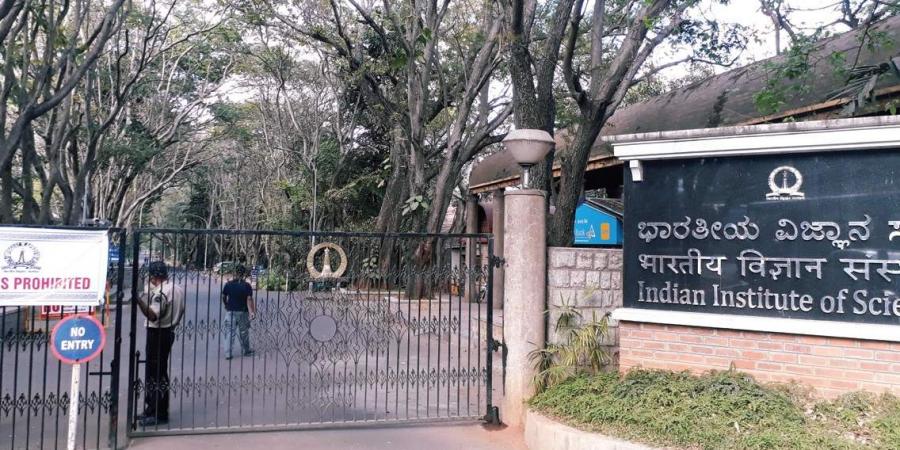Semiconductors and display manufacturing is a very complex and technology-intensive sector involving huge capital investments, high risk, long gestation and payback periods, alongwith rapid changes in technology, the incentive package is timely and much-needed.
In line with its focus of making the country a hub of electronics manufacturing, the Union Cabinet on Wednesday approved a Rs 76,000-crore incentive scheme for development of semiconductors and display manufacturing ecosystem.
The scheme has been designed with the aim to set up around 20 companies which are engaged in the entire production and value chain of semiconductors like silicon semiconductor fabs, display fabs, etc, over the next six years.
According to the Union government, the scheme would lead to 35,000 high quality direct jobs and provide 1 lakh indirect employment. Minister of electronics and IT Ashwini Vaishnaw said that currently 20% high-skilled engineers in the semiconductor space are from India and a further 85,000 engineers will be trained and made ready as part of C2S (chips to start-ups) programme, so that the industry can have continuous supply of skilled manpower.
The problems in this Semiconductor Scheme
However, Industry experts analysts feel that the big challenge for the government would be to ensure that the foundries — the epicentre for chip fabrication — which are set up are global in nature and are able to get global orders.
Ultimately, it’s the relocation of global units into the country, which would determine the success of the policy as any unit which is not assured of large scale orders runs the risk of low capacity utilisation.
The minimum investment which goes into a foundry, which is global in nature, is to the tune of around $2-3 billion.
Where the Opportunity lies
Currently, there’s a global shortage of semiconductors which are required in everything from a car to mobile phones, but this is largely due to Covid-related lockdowns and is, thus, cyclical in nature.
With the semiconductor incentive scheme, the government has covered every part of supply chain, including electronic components, sub-assemblies and finished goods, providing a total support of Rs 2,30,000 crore ($30 billion) towards creating a global hub for electronics manufacturing.
Further, since semiconductors and display manufacturing is a very complex and technology-intensive sector involving huge capital investments, high risk, long gestation and payback periods, alongwith rapid changes in technology, the incentive package is timely and much-needed.
Under the scheme, the government will extend financial support of up to 50% of project cost for at least two semiconductor and two display fabs, for a minimum of six years. For others, like compound semiconductors, sensor fabs, etc, a fiscal support of 30% will be offered and at least 15 such units are expected to be established in the country.
Apart from that, the government will offer design-linked incentive of up to 50% of eligible expenditure and product deployment-linked incentive of 6- 4% on net sales for five years. Support will be provided to 100 domestic companies for semiconductor design for integrated circuits (ICs), chipsets, system on chips (SoCs), systems & IP cores and semiconductor linked design.
“Almost all the major economics today are giving close to 50% capital incentive on setting up a semiconductor or display fab, we will be giving practically similar incentive but what we are offering as an extra, is a very clear 20-year roadmap.
The focus is on generating talent and making sure that as the industry grows, there are sufficient number of well-trained engineers available to take that journey forward, that is what will give us a bigger advantage,” Vaishnaw said.
He added that the biggest advantage that India has in the entire design ecosystem is that there are more than 24,000 to 25,000 engineers working in South India, that means the talent pool is there and it’s a big advantage.
Some of the players in this sector are Samsung, Infineon, ST Microelectronics, Panasonic, Taiwan Semiconductor Manufacturing Company (TSMC), Intel, Vanguard, Texas Instruments, among others. Samsung and TSMC are already setting up semiconductor plants in the US while Indian groups like Tata Group and Vedanta group have shown interest to manufacture chips in India.








